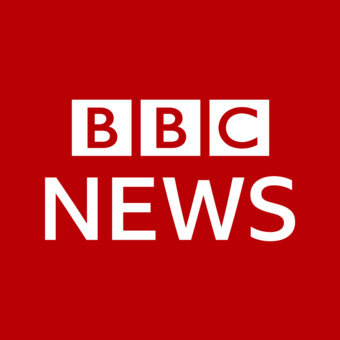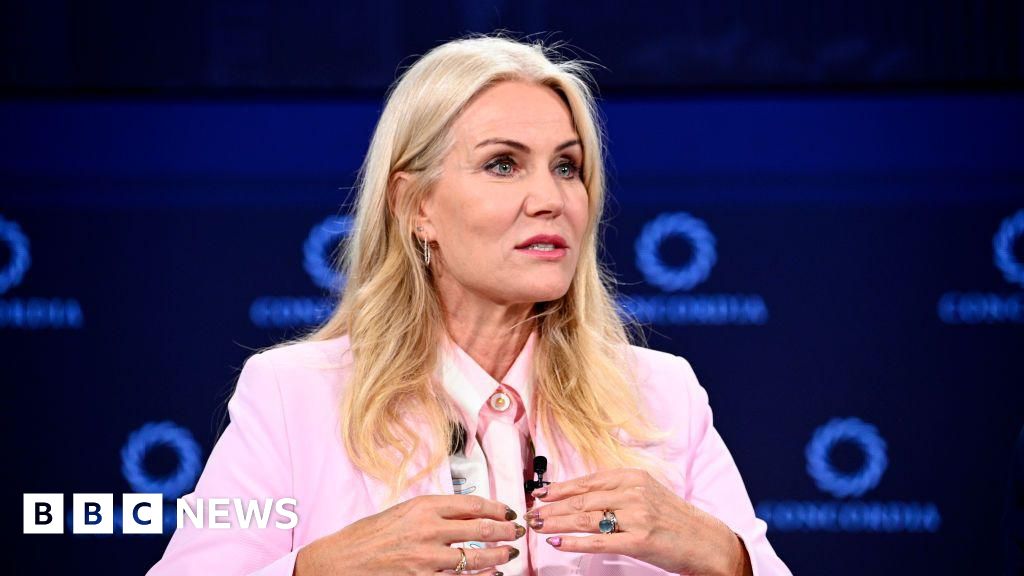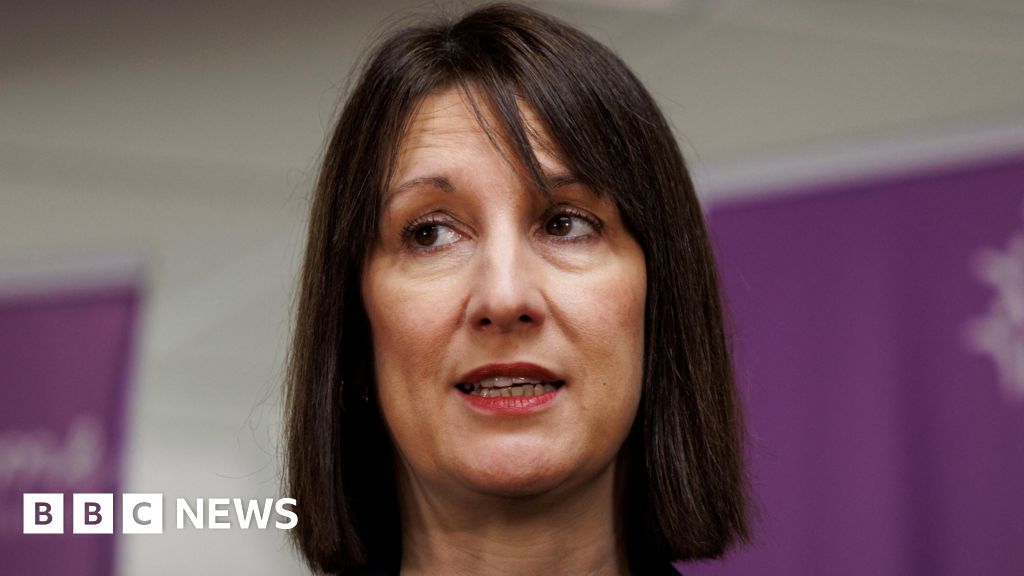Government borrowing rose last month, marking the third-highest September since records began in January 1993.
Official figures show that borrowing - the difference between spending and tax revenue - reached £16.6bn last month, higher than official forecasts.
The Office for National Statistics (ONS) said that while tax revenues went up, that was outweighed by increased spending, "partly due to higher debt interest and public sector pay rises".
The Treasury is expected to change its self-imposed debt rules at the Budget next week, meaning borrowing would be measured differently going forward.
Chief Treasury Secretary Darren Jones said the new Labour government had inherited a fiscal "black hole" and that resolving this "will require difficult decisions".
The increased borrowing means the UK's national debt stood at 98.5% of its economic output at the end of September, a slight drop from the month before but still around levels last seen in the early 1960s.
The Office for Budget Responsibility (OBR), which monitors the UK government’s spending plans and performance, predicted borrowing of £15.1bn for September, less than the actual figure that came in.
The rise in borrowing in September brings the ONS figure for the first six months of the financial year to £79.6bn, compared with £73.0bn forecast by the OBR.
Despite outstripping official forecasts, the monthly figure was lower than expected by economists, who had collectively predicted borrowing of £17.5bn for September.
"While tax revenue increased, this was outweighed by increased spending, partly due to higher debt interest and public sector pay rises," said Jessica Barnaby, deputy director for public sector finance at the ONS.

 Movie
Movie 2 months ago
54
2 months ago
54 






![Presidents Day Weekend Car Sales [2021 Edition] Presidents Day Weekend Car Sales [2021 Edition]](https://www.findthebestcarprice.com/wp-content/uploads/Presidents-Day-Weekend-car-sales.jpg)



 English (United States)
English (United States)